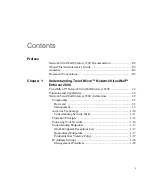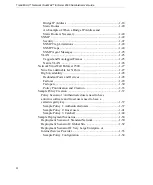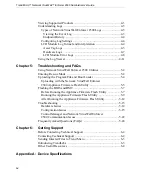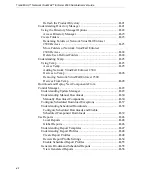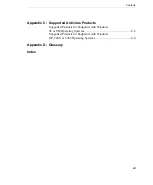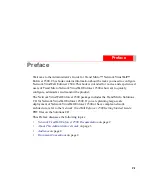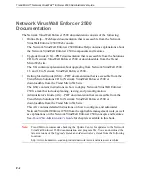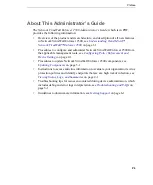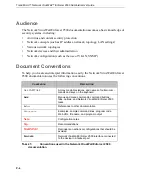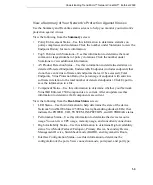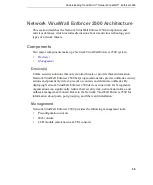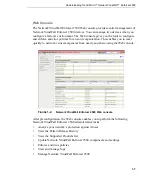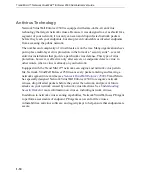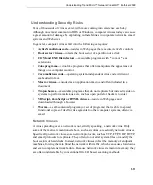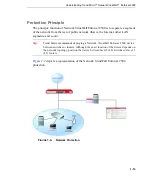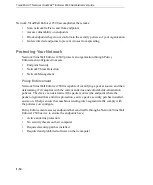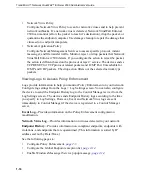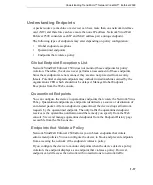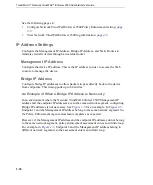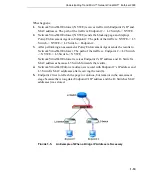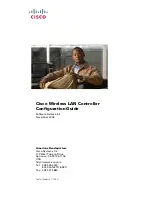
Trend Micro™ Network VirusWall™ Enforcer 2500 Administrator’s Guide
1
-
4
Enforce Antivirus Policies
Network VirusWall Enforcer 2500 monitors endpoints and determines the status of
their antivirus protection. Based on this information, configure antivirus policy
settings to block, monitor, or redirect traffic, including traffic from specified TCP and
UDP ports. In this release, you can specify multiple policies for each segment in your
network by configuring network zones.
Specify Damage Cleanup as a remedy when an endpoint is infected with a virus.
Damage Cleanup performs the following:
•
Removes unwanted registry entries created by worms or Trojans
•
Removes memory resident worms or Trojans
•
Removes garbage and viral files dropped by viruses
•
Repairs system file configurations (such as system.ini), after they have been
altered or infected by malicious code
•
Returns the system to an active and clean state
Update Your Protection
Virus writers write and release new viruses through different media every day,
especially the Internet. To help ensure your protection against the latest threats is
current, periodically update Network VirusWall Enforcer 2500 components,
including the network virus pattern file, network scan engine, file virus pattern, file
virus scan engine, vulnerability assessment pattern, vulnerability engine, Damage
Cleanup engine, Damage Cleanup pattern, program file, and Pattern Release History.
Analyze Your Network’s Protection Against Viruses
Network VirusWall Enforcer 2500 generates various types of logs, including security
and event logs. Use these logs to verify module updates and network outbreaks and
view viruses found in network packets.
Perform Administrative Tasks
Network VirusWall Enforcer 2500 supports Simple Network Management Protocol
(SNMP) v2 and can send traps to specific network management stations. For added
security, you can require network management stations to authenticate before gaining
access to the Network VirusWall Enforcer 2500 Management Information Base
(MIB).

